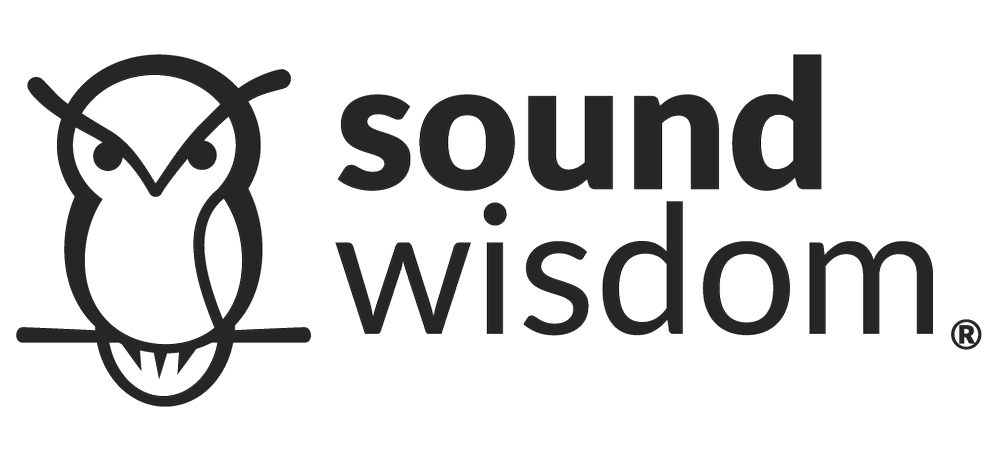Top 10 Business Tips for Creating an Uncopyable Competitive Advantage by Steve Miller
Photo by Artsy Crafty for StockSnap
Competition is fierce. That’s one thing all companies today can agree on. Unfortunately, in a race to outpace rivals, too many companies are stuck in a hamster wheel approach to become better than their competition. But here’s the reality: that’s a never-ending race that nobody wins.
You don’t want to be better. Better can always be one-upped, and better just isn’t good enough if you truly want to gain a competitive advantage. So what’s the answer? You must become Uncopyable.
Drawing from my book Uncopyable: How to Create an Unfair Advantage Over Your Competition, I’ve outlined 10 tips for business owners looking to shatter the mold and secure a unique position in the market. Let’s take a closer look.
Top 10 Tips
Develop an Uncopyable mindset. Basically, this means look at what your competitors are doing—and don’t do it. This can be easier said than done. It requires consciously developing a practice of observation and curiosity. And I’d advise companies not to fall into the easy trap of just asking their customers what they want. They don’t know what they want. Did anyone ask for the Internet before it existed? Did anyone ask for a smartphone?
Rethink the marketing process. There’s a good chance you’re approaching marketing backwards. Marketing does not start with the medium (i.e., a bulk-mail campaign or social media). The first step in developing any marketing strategy is defining and understanding your market. This is followed by the message, media, and moment. As I discuss in my book, this model is what I call the Marketing Diamond.
Find what makes you special. Your company’s branding position goes well beyond simply uniquely identifying your products and services. It makes a clearly stated promise as to how you are different from the competition. And smart companies play up what sets them apart. If your promise isn’t exactly unique, maybe your personality is. Maybe there’s something special about your office culture. Find what makes you special.
Build your own box. Creating an effective branding proposition isn’t about thinking outside of the box but rather creating your own box. Then you fill that box with stuff that will resonate with your customers. How do you do this? In my book, I outline tools for building your unique box, including creating your own language and creating specific triggers and anchors.
Steal genius. This is a term that I came up with. The idea is to go out and study “alien” organizations and experiences—ones that are outside of your industry. Once you start to study them, you’ll begin to see what can be extrapolated and applied to your business. The main point here is do not rely on benchmarking from within your industry, because you never get new ideas from your competition.
Create an attachment. Your customers must become attached to your company, professionally and personally. I believe there are five critical pieces that go into creating attachment, one of which is a cool-kids club. Creating a club that all of your customers and prospects want to be a member of creates a personal, emotional attachment, and carries with it a perception of high value.
Create rock stars. Make your best customers feel like rock stars through VIP treatment. Take, for instance, Bass Pro Shops. They created their own rock stars: expert fisherman and women who are featured on Bass Pro’s website and brought out to conduct demos at special events. Your rock stars can be part of your club, but you must elevate them among their peers and demonstrate your appreciation and recognition.
Tell a story. People connect with stories, which makes storytelling an extremely powerful marketing and branding tool. Stories humanize a company; they show “proof” of your claim and resonate with your target market. Every company has a story to tell, and there are at least a half dozen different types of storytelling (as discussed in my book). Which type of story does your company have?
Develop referral tools. Referrals can be nerve-wracking. It can make both you and your customers feel a bit awkward. In order for referral marketing to work, you must have several things going for you, including tools you can give to customers that they can then share with prospects. For example, provide your customers with helpful articles or newsletters, or turn your trade show booth into your own live event and invite people to get their picture with the CEO or some other celebrity (people love that, and it becomes a souvenir they can display). The bottom line: When people have had a great experience with a company, they’re happy to make a referral. You just need to make it easy for them.
Do not “set it and forget it.” Nothing stays fresh and surprising forever. You must continually push the envelope and look for new ways to communicate how you are unique. Nothing, no matter how brilliant it is, is going to stay Uncopyable forever.
To learn more about the strategies and tools to make your company Uncopyable, check out the updated and expanded edition of Uncopyable: How to Create an Unfair Advantage Over Your Competition, available from Amazon, Barnes & Noble, Books-a-Million, Porchlight Book Company, Google Play, Apple Books, and other fine retailers. Steve Miller is an author, professional/virtual speaker and business advisor. Since founding The Adventure LLC in 1984, Miller’s consulting clients have ranged from solo entrepreneurs to Fortune 100 megacorporations, including Starbucks, Coca-Cola, and Procter & Gamble. For more information, visit TheAdventure.com.



